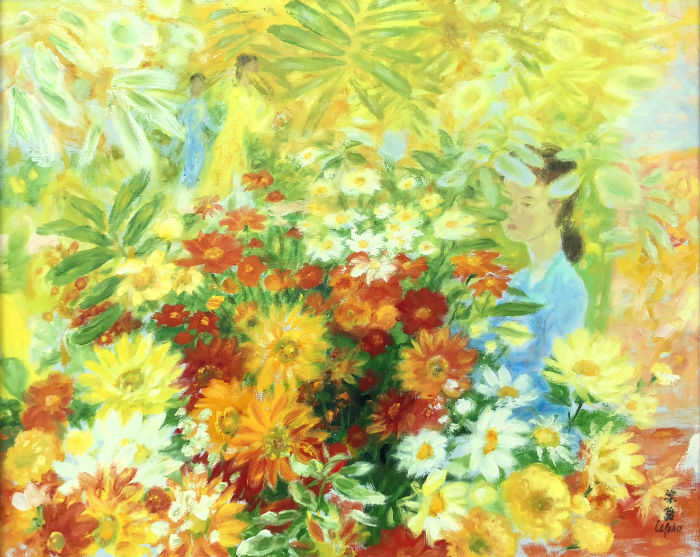
NEW YORK – Vietnam has not been synonymous with great art, at least in the mind of Western audiences. That unfortunate slight has been changing in recent decades as Vietnamese art has gained a foothold on the global art market of late, being showcased in major art fairs and exhibitions all over the world from Europe to Japan.
One major artist who figures prominently in this shift, and whose work is widely collected, is the late French-Vietnamese painter Le Pho (1907-2001), renowned for marrying Impressionism and traditional Chinese painting.
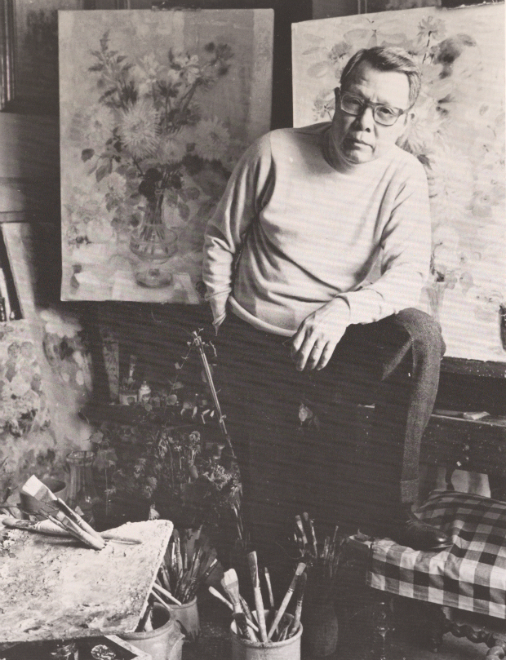
“Le Pho’s work is composed around very fundamentally desirable human conditions: serenity, maternity and lush natural beauty. These are almost universally desired and understood,” said Frederick S. Clark, gallery director at Findlay Galleries in New York, describing the appeal of the artist’s work. “Importantly, Le Pho captured Vietnamese subjects in a style that crossed over Eastern and Occidental techniques. The result is a style that is desirable to Eastern and Western collectors alike, and fits in a broad range of collecting goals.”
“Collectors are immediately drawn to the color of his works and the happiness of the subject matter,” says Sandra Germain, managing partner, Shannon’s Fine Art Auctioneers in Milford, Conn. “As one of our collectors states, ‘It is impossible to be angry when you are standing in one front of Le Pho’s paintings, because you immediately smile.’”
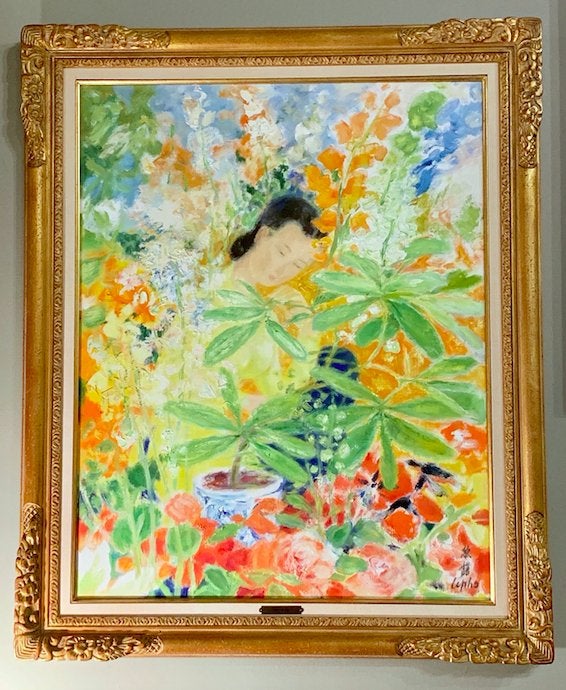
Le Pho worked in three distinct periods: the Hanoi, Romanet and Findlay periods, with the latter two named for the gallery owners who were ardent proponents of his artwork. The first period represents the artist’s years in Hanoi and a few years in Paris, where he paints many lush landscapes filled with nostalgia for the homeland of his youth. During the Romanet period – lasting until about 1960 and named for the French gallerist who promoted his work – Le Pho’s works became more forceful and narrative with a striking shift in his palette, aptly reflecting the war years that he was processing through his art. The third period began in 1963 when American gallerist Wally Findlay took notice of the artist and introduced many of his works to an appreciative American market.
“His figurative works from the Hanoi period are highly desirable and often rare, making Findlay period figurative works very desirable,” Clark said. “The Romanet period works are lovely, but most were executed in oil on silk mounted on board and therefore tend to have serious condition issues. Maternity themes are always high in demand.”
“He is famous for painting women and children, usually in the garden or with some floral element,” Germain said. “His earlier pieces usually attract the most attention on the market, however, we have seen increased interest in his later oil paintings. Many of the early pieces were painted on silk which can be difficult to preserve.”
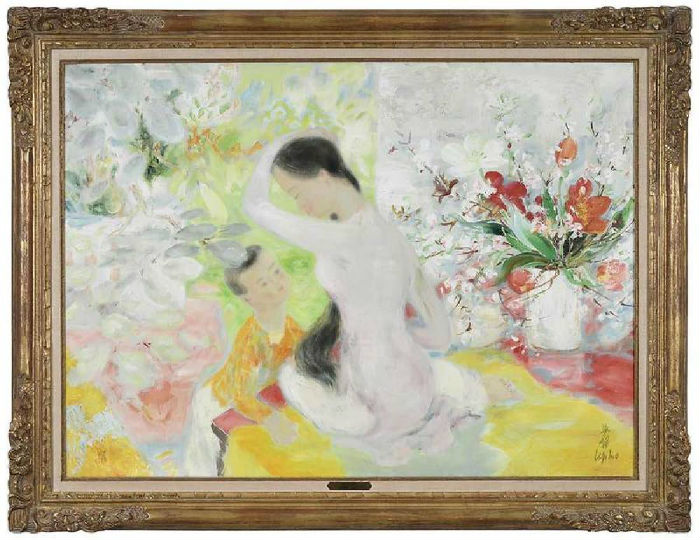
Le Pho and his peers occupy a fascinating and important bridge between Eastern and Western art. “He was in the very first class at the Ecole Superieure des Beaux Arts de l’Indochine (later to become the Vietnam University of Fine Arts) where a unique alchemy of Eastern composition and Western technique emerged in the 1920s; students were taught French painting techniques but encouraged to capture Eastern subjects,” Clark said.
“That first class of artists from the Ecole Superieure des Beaux Arts de l’Indochine – including To Ngoc Van, Nguyen Phan Chánh, and Vu Cao Dam – were the founders of what became known as the Hanoi School,” he said. “Their legacy, under the stewardship of the Ecole Superiere, quietly cultivated excellent [Vietnamese] artists that were kept from the world until the Vietnamese government allowed private ownership and international trade in 1986. Today contemporary Vietnamese art flourishes globally, firmly rooted in the legacy of Le Pho and his peers.”
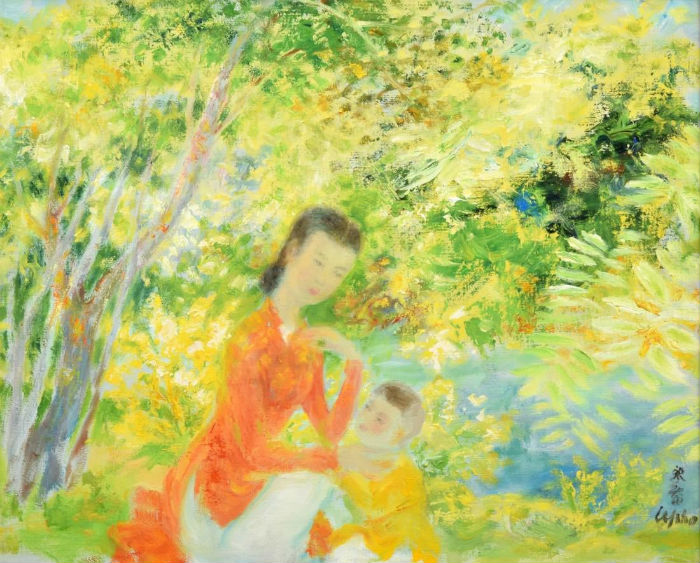
The market for Le Pho’s art has been strong and steady for years. His Hanoi period works command large sums due to scarcity and Findlay period figurative works, especially large canvases, have appreciated steadily. Romanet period works are very often discounted because they have condition issues, despite having strong compositions.
The versatile artist’s oeuvre transitioned from delicate and transparent to rich and full are surpassed only by his imagination in creating such elegant artworks. While art styles fall in and out of favor, Le Pho is sure to long be in favor with art collectors for the purity and luminosity of his art.



